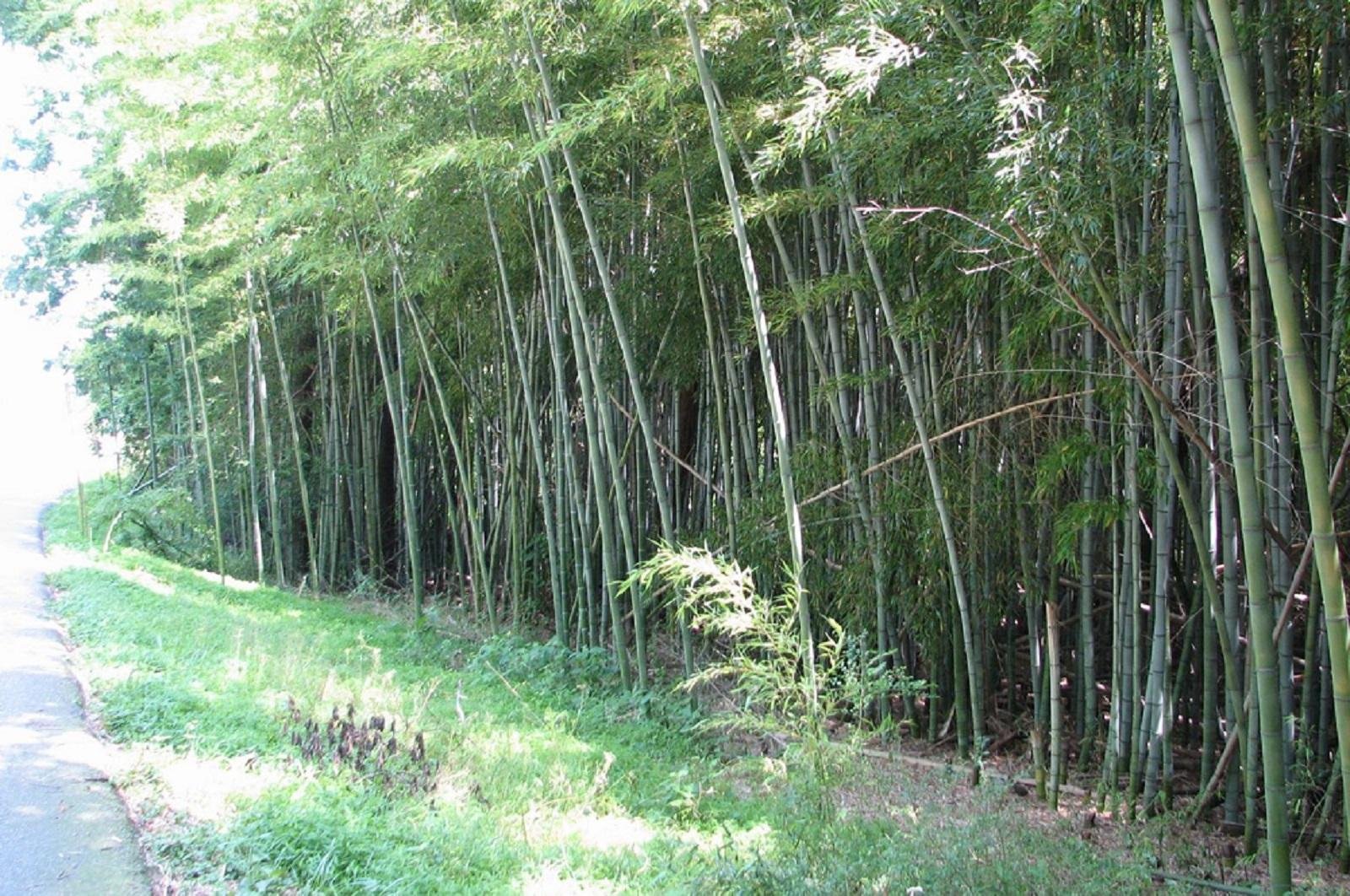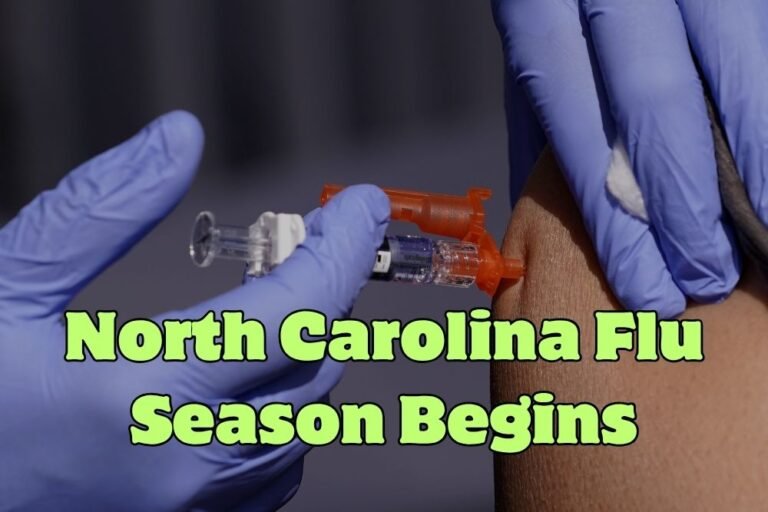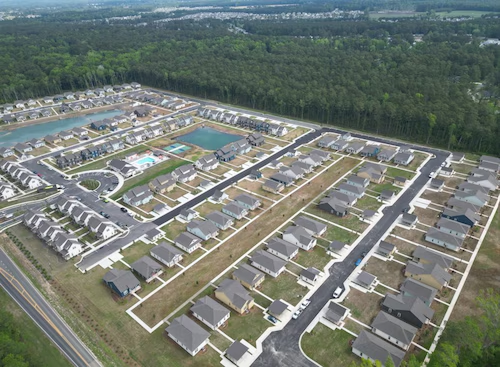Bamboo Is Growing Along North Carolina Roads — Why It’s Hard to Remove
CHARLOTTE, N.C. – Drivers across North Carolina have noticed an unusual roadside companion: tall, fast-growing stalks of bamboo lining stretches of highways and local roads. While its appearance might seem exotic or decorative, experts say the spread of this invasive plant goes back nearly a century — and removing it is no easy task.
Bamboo’s Roots in the Carolinas
Golden bamboo was introduced to the United States during the 1930s and 1940s, primarily for beautification and as a green screen to shield neighborhoods from traffic and noise. At the time, little was understood about how aggressively it spreads.
Jamie LeLiever, CEO of National Bamboo, explained that this species was planted for its aesthetics, but “they didn’t really understand the aggressive nature regarding the spread of rhizomes to the ground.” Now, decades later, these underground stems have helped bamboo colonize wide stretches of land, particularly along roadways.
Where Is It Coming From?
In many cases, roadside bamboo isn’t the result of intentional public planting. Instead, it originates from private properties where it was planted for landscaping purposes. When left unmanaged, the plant can escape property boundaries and spread rapidly.
While homeowners are responsible for maintaining bamboo on their own land, local and state transportation departments are tasked with managing its growth along public rights-of-way and highways.
Why It’s So Hard to Remove
Bamboo isn’t just fast-growing — it’s stubborn. According to experts, the rhizome root system sits between the topsoil and about 18 inches deep, forming dense mats that are difficult to fully eliminate.
“You literally have to cut it and dig out the rhizome,” LeLiever said. “Once you remove the rhizomes and cut off any connections to other bamboo plants, it’s effectively gone”.
However, this process requires intensive labor and follow-up maintenance. If even small parts of the rhizome remain in the ground, bamboo can regrow and reestablish itself, making eradication a years-long commitment in some cases.
What Can Be Done About It?
There’s no statewide effort currently underway to remove bamboo from North Carolina roadsides. Instead, local municipalities and individual property owners must decide how to approach the issue. Some residents have pushed for clearer ordinances or property regulations to stop the unchecked spread, while others see it as a natural privacy barrier.
Experts recommend homeowners avoid planting bamboo unless they’re prepared to install root barriers or commit to long-term maintenance. For public roads, containment and selective removal remain the primary tools — although they’re costly and time-consuming.
Bamboo may look peaceful swaying in the breeze, but North Carolina’s transportation agencies know it represents a persistent challenge for land management and safety. As its presence continues to grow, so does the public’s need to understand the plant’s history — and the effort it takes to control it.
If you’ve noticed bamboo taking over your neighborhood roads or yards, let us know how your community is responding. Stay informed on stories that shape our local environment at SaludaStandard-Sentinel.com.







